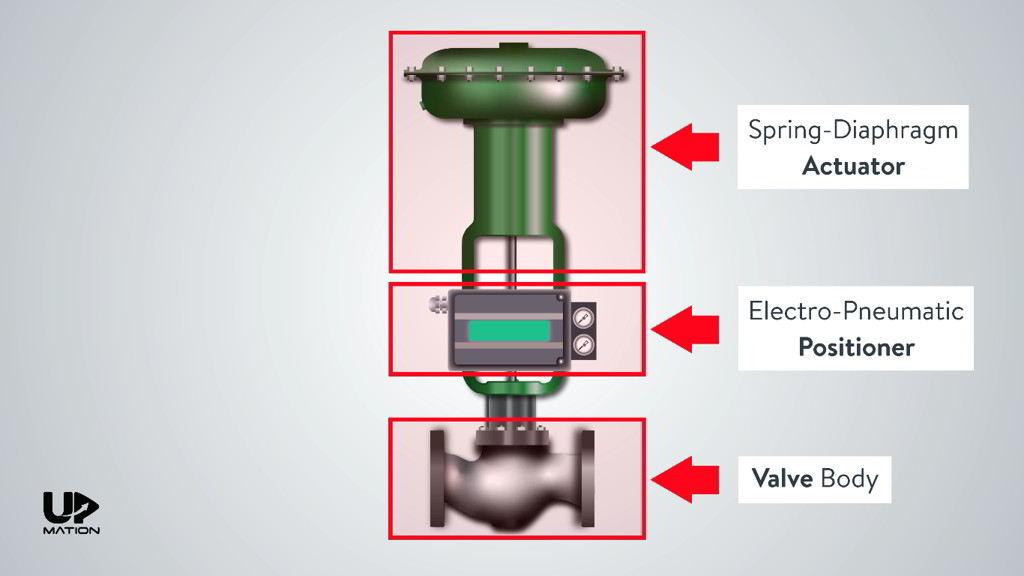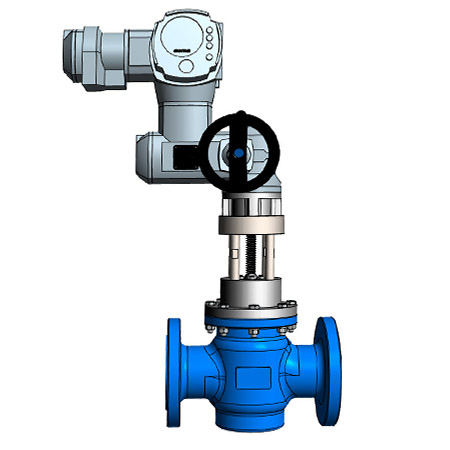Maximizing System Control with High-Performance Control Valves
Maximizing System Control with High-Performance Control Valves
Blog Article

Maximize Power Financial Savings and Comfort With Advanced Building Automation Controls
In the realm of modern style and facility administration, the combination of advanced structure automation regulates stands as a critical improvement. The convergence of technology and sustainability has birthed a new era where power effectiveness, comfort optimization, and functional streamlining are no more far-off goals but possible truths. By taking advantage of the power of automation, buildings can adjust, respond, and advance in manner ins which were when inconceivable. The potential for considerable energy financial savings and improved comfort is not just a promise however an opportunity waiting to be fulfilled. This standard shift in structure management holds the vital to opening a globe where ecological conscientiousness and occupant well-being sympathetically exist side-by-side within the wall surfaces of our frameworks.
Power Efficiency Perks
Power efficiency advantages can dramatically decrease power usage and operational prices in structures. By implementing energy-efficient methods and technologies, building proprietors and operators can accomplish substantial cost savings while likewise adding to ecological sustainability. One of the main benefits of boosting power effectiveness in structures is the decrease of energy expenses. Energy-efficient systems, such as sophisticated structure automation controls, can optimize the usage of sources like lighting, cooling, and heating, bring about reduced power costs in time.
Furthermore, boosted energy performance can lengthen the life expectancy of building equipment and systems. By running extra efficiently, HVAC systems, light, and various other building parts experience less damage, resulting in reduced upkeep and replacement expenses. In addition, energy-efficient buildings commonly command greater property worths and rental rates, supplying long-term monetary advantages to owners.
Furthermore, energy performance can enhance occupant convenience and performance. Correctly controlled indoor environments with ideal lights and thermal conditions create an even more helpful and pleasant work space, causing boosted staff member complete satisfaction and efficiency. Overall, the energy effectiveness benefits related to advanced building automation controls are diverse, including expense financial savings, ecological stewardship, and occupant well-being.
Enhanced Convenience Control
Enhancing comfort control in structure atmospheres needs an innovative combination of innovative automation systems for ideal resident well-being. By making use of sophisticated structure automation controls, facilities can customize the interior atmosphere to meet the details needs and preferences of occupants. control valves.
By incorporating these sophisticated controls, structures can not just enhance comfort yet also improve energy efficiency by enhancing system procedures based on real tenancy and use patterns. Inevitably, focusing on owner comfort through advanced automation systems leads to a much more enjoyable and healthier interior environment.
Operational Effectiveness Improvements

Furthermore, the implementation of real-time surveillance and analytics devices allows structure operators to recognize energy inefficiencies and functional anomalies without delay. By continuously keeping track of power use patterns and system efficiency metrics, changes can be made in real-time to optimize energy intake and guarantee peak functional efficiency. control valves. In addition, integrating need reaction approaches into building automation controls can further boost operational effectiveness by dynamically readjusting energy use based on grid conditions and prices signals
Indoor Environment Optimization
Efficient interior climate optimization is an essential facet of building automation controls, making sure passengers' convenience and well-being while optimizing power savings. By utilizing sophisticated sensing units and controls, constructing automation systems can continuously readjust and check temperature level, humidity levels, air high quality, and air flow to develop an optimal indoor setting. Keeping consistent and comfortable conditions not just boosts owner fulfillment however also improves efficiency and general wellness.
Indoor environment optimization additionally plays a vital function in energy efficiency. By fine-tuning ventilation, air conditioning, and home heating systems click here to find out more based upon real-time information and occupancy patterns, building automation controls can substantially lower power usage - control valves. Implementing approaches such as demand-controlled ventilation and thermal zoning can aid reduce power waste while making sure that each area of the building receives the necessary conditioning.

Sustainable Atmosphere Production
Building automation regulates not only maximize indoor environment conditions for energy performance and passenger comfort yet also lay the structure for creating a sustainable environment with tactical monitoring of resources and systems. By incorporating advanced structure automation innovations, such as sensing units, actuators, and intelligent software, facilities can keep an eye on and adjust energy use in real-time to minimize waste and minimize their carbon impact. These systems make it possible for anticipating upkeep, identifying prospective concerns prior to they escalate and enhancing tools performance to improve durability and performance.
Furthermore, lasting setting creation extends beyond energy management to include water preservation, waste decrease, and interior air top quality improvement. Building automation controls can control water usage, identify leakages, and make certain proper waste disposal techniques, adding to overall sustainability efforts. Furthermore, by monitoring and regulating air flow and purification systems, these modern technologies boost owner wellness and efficiency while decreasing power intake connected with cooling and heating procedures.
Verdict
Finally, progressed building automation controls deal substantial advantages in terms of energy cost savings, comfort control, operational performance, indoor climate optimization, and developing a lasting environment. By applying these controls, buildings can attain optimal efficiency while reducing energy intake and boosting owner convenience. It is apparent that the use of innovative automation technology is vital in enhancing building performance and producing an extra sustainable future.
Power effectiveness benefits can substantially decrease power usage and functional expenses in buildings. On the whole, the energy performance benefits linked with innovative building automation controls are diverse, incorporating expense financial savings, ecological stewardship, and passenger health.
Additionally, integrating demand action strategies into building automation controls can further enhance operational effectiveness by dynamically changing energy usage based on grid conditions and pricing signals.
Structure automation controls not only maximize interior environment conditions for energy effectiveness and occupant comfort yet additionally lay the read review foundation for creating a sustainable setting with critical administration of systems and sources.In verdict, progressed structure automation regulates offer significant advantages in terms of energy financial savings, convenience control, operational performance, interior climate optimization, and creating a lasting setting.
Report this page